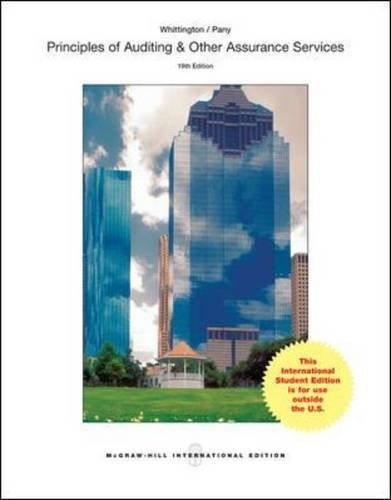Clark Industries has a defined benefit pension plan that specifies annual, year-end retirement benefits equal to 1.2% Service years Final year's salary Stanley Mills was hired by Clark at the beginning of 2005. - Mills is expected to retire at the end of 2049 after 45 years of service. - His retirement is expected to span 15 years. At the end of 2024,20 years after being hired, his salary is $80,000. - The company's actuary projects Mills's salary to be $270,000 at retirement. The actuary's discount rate is 7%. Required: 1. Estimate the,amount of Stanley Milis's annual retirement payments for the 15 retirement years earned as of the end of 2024. 2. Suppose Clark's pension plan permits a lump-sum payment at retirement in lieu of annuity payments. Determine the lump-sum equivalent as the present value as of the earned retirement annuity at the expected date of retirement (the end of 2049). 3. What is the company's projected benefit obligation at the end of 2024 with respect to Stanley Mills? 4. If we assume no estimates change in the meantime, what is the company's projected benefit obligation at the end of 2025 with respect to Stanley Mills? Clark Industries has a defined benefit pension plan that specifies annual, year-end retirement benefits equal to 1.2% Service years Final year's salary Stanley Mills was hired by Clark at the beginning of 2005. - Mills is expected to retire at the end of 2049 after 45 years of service. - His retirement is expected to span 15 years. At the end of 2024,20 years after being hired, his salary is $80,000. - The company's actuary projects Mills's salary to be $270,000 at retirement. The actuary's discount rate is 7%. Required: 1. Estimate the,amount of Stanley Milis's annual retirement payments for the 15 retirement years earned as of the end of 2024. 2. Suppose Clark's pension plan permits a lump-sum payment at retirement in lieu of annuity payments. Determine the lump-sum equivalent as the present value as of the earned retirement annuity at the expected date of retirement (the end of 2049). 3. What is the company's projected benefit obligation at the end of 2024 with respect to Stanley Mills? 4. If we assume no estimates change in the meantime, what is the company's projected benefit obligation at the end of 2025 with respect to Stanley Mills







